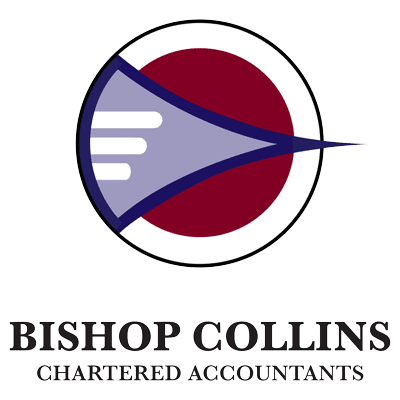No, this isn’t a reference to Madonna’s 1985 iconic song – rather an opportunity to reflect on the concept of materiality. Did you know materiality spans many disciplines, including accounting, legal, technological, social sciences and humanities?
Do you know what materiality means in relation to a financial report?
In simple terms, materiality must be applied when assessing whether information should be included, or amounts adjusted, in the financial statements.
However, it can be difficult to apply this simplistic explanation in practice.
Accordingly, the International Accounting Standards Board (IASB) issued amendments to clarify the definition of what is ‘material’ to the financial statements, and how this definition should be applied.
Materiality Defined
For annual periods commencing from 1 January 2020, the definition of material is expressed as follows:
Information is material if omitting, misstating or obscuring. It could reasonably be expected to influence the decisions that the primary users of general purpose financial statements make on the basis of those financial statements, which provide financial information about a specific reporting entity.
Three of the most important factors (underlined above) relating to this definition are:
- An emphasise that obscuring information can have just as much impact on decisions by primary users of a financial report than omitting or misstating information. In practical terms, obscuring could include:
- Information or language being vague or unclear. For example, using expressions like “mostly” instead of stating”90%”
- Scattering information throughout the financial statements. For example, providing partial information about current restructuring in the restructuring expense note, restructuring provision note or impairment note;
- Inappropriate aggregation of dissimilar items. Such as aggregating material bad debt write-offs and inventory write-offs in the one asset write off-line;
- Inappropriate disaggregation of similar items. For example, breaking down administration expenses into many individually immaterial expenses lines; and
- Material information being shrouded by immaterial information to the extent that a primary user is unable to determine what information is material. For example, providing minimum information about a restructuring in contrast to significant information in relation to a proposed capital transaction which is still being negotiated and might not eventuate.
- The insertion of the words ‘… could reasonably be expected to influence decisions…’ to limit the information which might have been disclosed under the previous definition.
- Accentuating that only primary users need to be considered rather than all users. Examples of primary users, including lenders, creditors, existing and potential shareholders who must rely on financial reports for information.
Are you still singing Madonna?
Consider the impacts of Materiality on your reports.
Have you considered the impact the new definition might have on your financial report? Have you identified all the primary users? Do you need assistance in practically applying the new definition? As assurance and financial reporting experts, we encourage you to have an obligation-free conversation with a member of our team.
Contact us via the form below if this article raises any questions for you.




